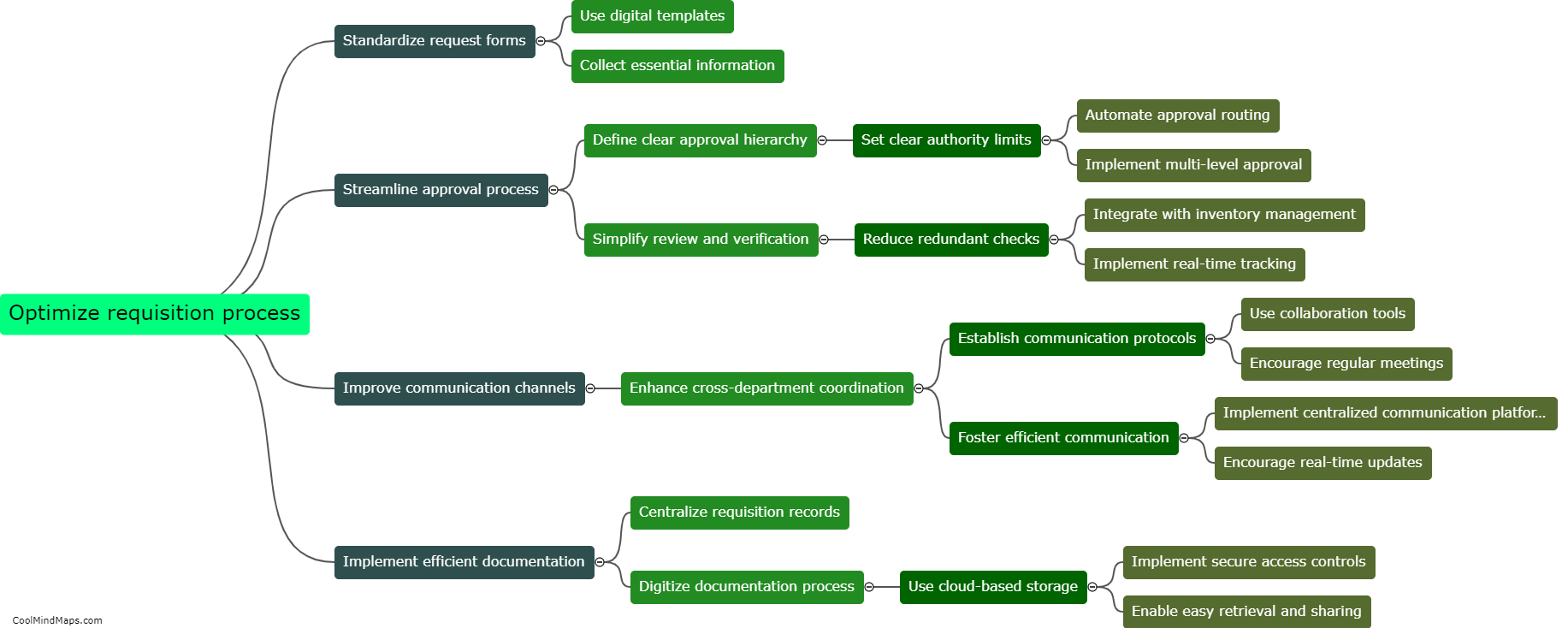How is the DSM-5 structured and organized?
The DSM-5, which stands for the Diagnostic and Statistical Manual of Mental Disorders, is structured and organized in a categorical manner. It comprises 20 diagnostic classes, with specific disorders falling under each class. These classes include neurodevelopmental disorders, schizophrenia spectrum and other psychotic disorders, depressive disorders, anxiety disorders, sleep-wake disorders, substance-related and addictive disorders, and many more. Each disorder has its own unique diagnostic criteria outlining the symptoms, duration, and severity required for a diagnosis. The manual also provides information on recommended assessments, cultural considerations, and differential diagnoses. The DSM-5 is organized in a way that allows clinicians and researchers to easily locate and diagnose specific mental disorders.

This mind map was published on 14 February 2024 and has been viewed 109 times.











